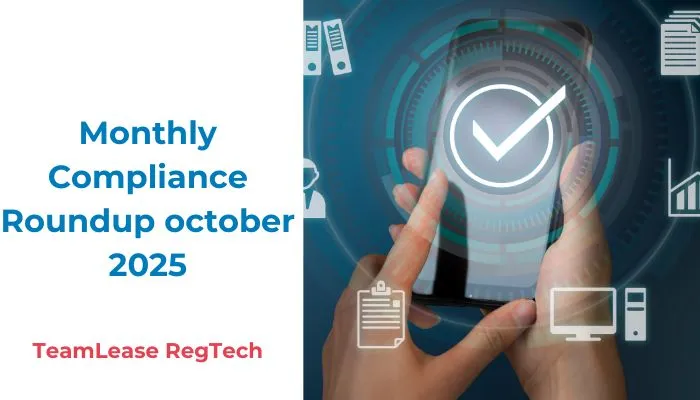A routine but significant step in talent acquisition is background screening. Cross-checking claims of educational credentials, employment history, and basic attributes like demographic and personal details is an extensive process. But the risks of not doing background screening far outweigh the burden of embarking on this detail-heavy process. Thanks to technology, better record-keeping, and sophisticated database maintenance, the trends in background verification developed extensively over the past couple of decades.
Background screening trends
In today’s trends of talent acquisition, hiring full-time workers is no longer the only form of roping in new talent. There are contract workers, gig workers, consultants, and teleworkers. Accordingly, the rules of background screening have also changed.
The most significant change in the way background screening is conducted is a fallout of digitalization. Computerized/digitized or cloud-based records are much easier to query and confirm as opposed to accessing and authenticating hard copies. The latter kind is labor-dependent and time-consuming. This welcome change caused by digital record-keeping is a shot in the arm for background investigations.
Any discrepancy or suspicion at this routine stage of background screening can still necessitate more thorough scrutiny into paper-based records. However, for the most part, employment background checks are conducted and fulfilled online. Unchanged fact: both full payroll employees as well as temporary workers and consultants are subject to background checks.
You might also be interested to read: 4 HR Compliance Strategies That Can Boost Productivity
On the other hand, the number of items to be checked in pre-employment screening has only increased. There is a greater propensity for facts to be altered, misrepresented, or hidden due to the digital medium. This means keener checks at a number of posts are required in the routine course of background screening before any formal progress in employment offers or contractual obligations are rolled out. This increase in hygiene factors becoming a part of background screening trends is unlikely to see a reversal.
As logic bears forth, it is obvious that background screening in a timely fashion is of the essence. Decisions based on clearing background verification can make or break the future of a candidate at an organization. In carrying out these activities, organizations are also required to follow compliance requirements and privacy laws of states, regions, and countries.
Different employee engagement models merit different levels of employment screening
Gig workers and temporary hires may work from the contractor’s site, the office of a client, or a third remote location. This is the advantage that goes with knowledge-workers – they enjoy location-independence, a reasonable level of choice in project completion timelines, and scheduling. The point where uncompromised integrity is required is reference checks and employment screening. Freelancers and consultants not only need solid, affirmative reference checks and a clean, untarnished record of service in order to stay in demand.
The onus of delving deep into their service records and hiring well-appointed, skilled candidates lies with contractors and employers. However, more often than not, this activity of pre-employment screening and reference checks is outsourced to professional background verification agencies.
In some cases, background screening is broken down into phases, with the pre-employment screening looking for the major red flags. The candidates onboarded after this stage are subjected to a more thorough evaluation during the probationary phase and confirmed as employees after clearing the next stage satisfactorily.
Even tenured employees in a company are subject to periodic background checks for ongoing criminal records, legal proceedings, drug tests, or drunken driving. The slightest whiff of a blemish on any of these overheads can reflect poorly on a candidate’s record.
Business growth and hiring pace should be on par with hygiene checks
The last decade has seen a proliferation of cab aggregators, food delivery platforms, and logistical easement platforms. Uber stepped into India, Ola made news; TinyOwl gave way to Swiggy and Zomato becoming household names; and Dunzo became so sought-after that there is a slew of entrants in this segment. When growing businesses generate a buzz by creating quick and unparalleled hiring numbers, requirements such as background verification, salary verification, cross-checking of employment records, testimonials of personal conduct and reference checks, and document verification are of the essence. Employers who ignored these formalities went on to pay heavy prices for questionable hiring decisions.
Companies hiring in 2020 reported higher than average hiring discrepancies with each passing quarter. Associates and agents in retail, FMCG, healthcare, telecom, pharma, BPO, banking, manufacturing and financial services sectors, partners onboarded to IT-enabled app platforms, and contract employees had more than a 9.5% discrepancy rate in the areas of address records, employment history, and education credentials. Weeding out candidates with negative results has been a difficult but necessary step to ensure the pace of future growth.
AI-powered tools can check for criminal convictions. While this is a relief, the evaluation of education credentials and past employment history still takes 3-4 weeks, and even 8 weeks in cases of greater complexity – matching of names, physical verification of institutions and entities. In-person checks are still the most authentic confirmation since email addresses and phone numbers can quickly turn untraceable or bogus.
In times when background screening takes longer than usual, growing companies and established ones alike have no choice but to delay hiring decisions. They have to keep on looking for the right candidates and be prepared for the process of strengthening teams to take longer.
Another finding that hiring managers and recruitment agencies cannot ignore is that background screening discrepancies turn up in 79% of male cases as opposed to 21% in females.
Conclusively, it can be stated that the importance of background screening is never going to fade away. It shall continue to remain an essential part of the staffing process. The time taken to carry out comprehensive background verification may come down with the help of technology. Whether a question subjugating cost or caution arises, reliable background screening should never give way to hurried checks or half-hearted attempts. Rather, phased checks can allow hiring stages to progress. That said, even tenured employees might face fresh or ongoing checks and should be prepared for such.
References:
- What Are The Top Background Screening Trends For 2021? | Human Resources Today | CrimCheck | January 2021
- Discrepancy in employee verification soars across sectors: Report | E T Bureau | Brinda Sarkar | January 2021
- April-June sees 13% rise in employee background screening cases: Report | The Economic Times | Press Trust India | September, 2019
Related Topics:






